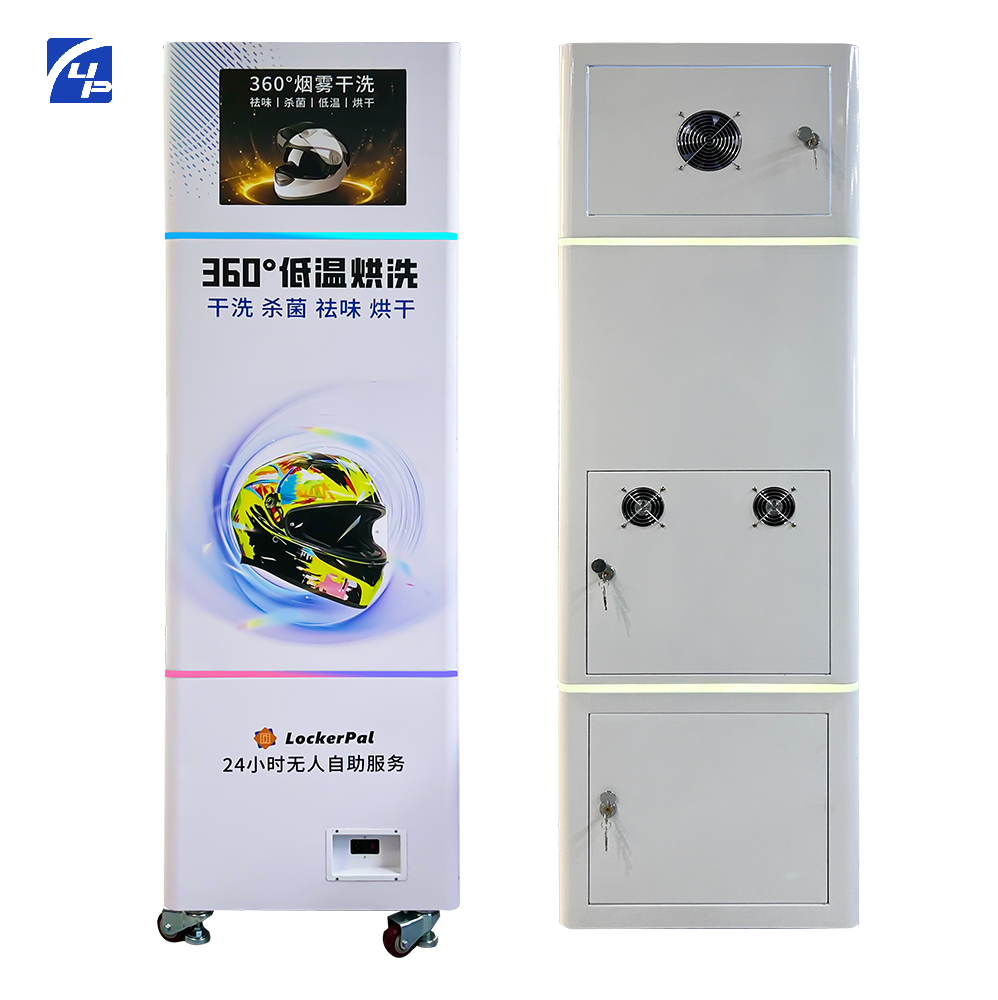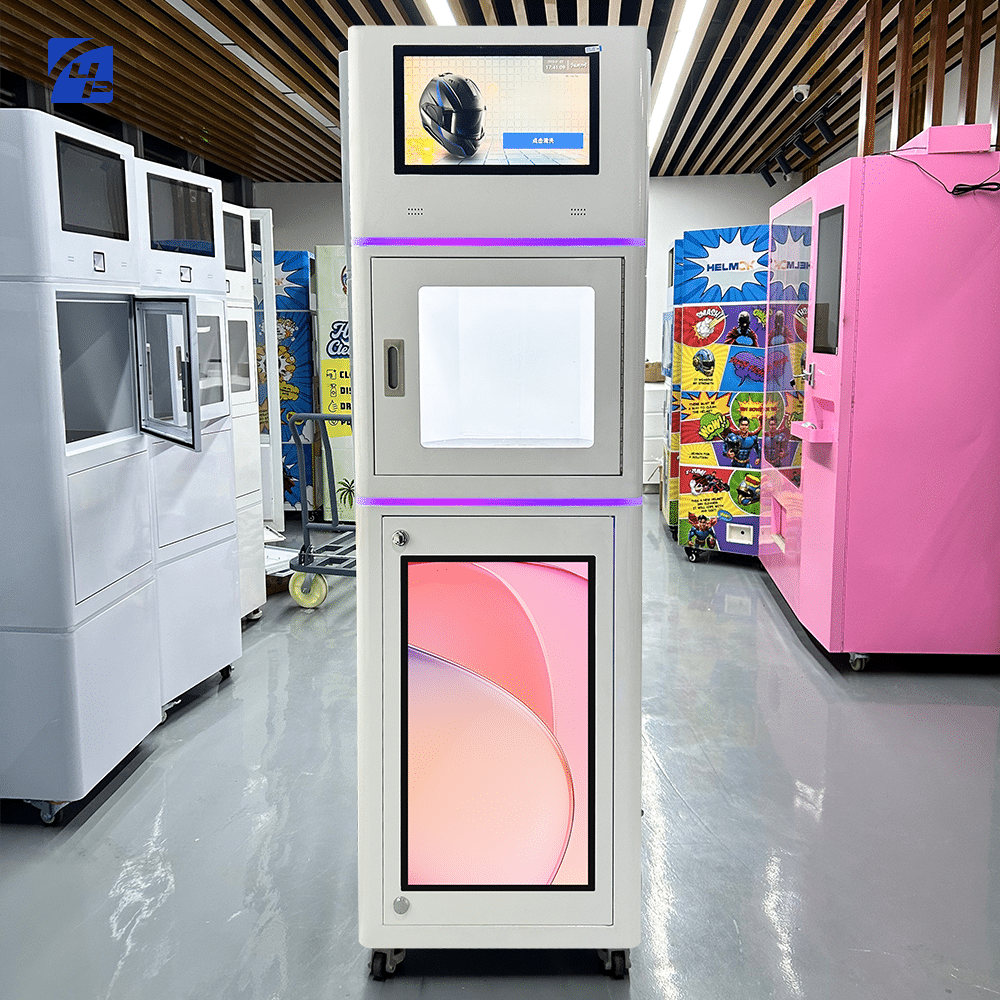Revolutionizing Hygiene Services with Automated Helmet Sanitization
The emergence of commercial helmet cleaning machines marks a significant transformation in the professional cleaning industry. These innovative devices are reshaping how businesses approach helmet maintenance, particularly in sectors where shared helmets are common, such as rental services, sports facilities, and safety equipment providers. By automating the cleaning process, these machines not only enhance efficiency but also ensure consistent sanitization standards that manual cleaning methods simply cannot match.
As hygiene consciousness continues to rise globally, the demand for reliable and thorough cleaning solutions has never been more pressing. Commercial helmet cleaning machines address this need by offering a systematic approach to helmet maintenance that combines convenience with hospital-grade sanitization. This technology represents a pivotal shift from traditional manual cleaning methods to a more sophisticated, automated solution that delivers superior results while reducing labor costs.
Understanding Commercial Helmet Cleaning Technology
Advanced Sanitization Mechanisms
Commercial helmet cleaning machines incorporate multiple sanitization technologies to ensure comprehensive cleaning. These systems typically utilize UV-C light technology, which effectively eliminates up to 99.9% of bacteria, viruses, and other harmful microorganisms. The process also includes automated spray systems that dispense sanitizing solutions uniformly across all helmet surfaces, reaching areas that manual cleaning might miss.
The machines are equipped with precision sensors that monitor the cleaning cycle, ensuring optimal exposure time and coverage. This systematic approach guarantees that each helmet receives the same high level of sanitization, eliminating the inconsistencies often associated with manual cleaning methods.
Innovative Design Features
Modern commercial helmet cleaning machines feature ergonomic designs that maximize efficiency while minimizing space requirements. The machines are built with durable materials that withstand frequent use and harsh cleaning agents. Many models include adjustable racks that can accommodate various helmet sizes and styles, making them versatile solutions for different business needs.
Advanced models incorporate smart technology features such as digital control panels, automated cycle tracking, and maintenance alerts. These features help operators monitor performance and maintain optimal cleaning standards with minimal supervision.

Business Benefits and ROI Analysis
Operational Cost Reduction
Implementing a commercial helmet cleaning machine can significantly reduce operational costs. The automated process requires minimal staff intervention, allowing businesses to reallocate human resources to other critical tasks. Additionally, these machines optimize the use of cleaning solutions through precise dispensing systems, reducing waste and lowering supply costs.
The efficiency of commercial helmet cleaning machines also translates to faster turnaround times, enabling businesses to process more helmets per hour compared to manual cleaning methods. This increased capacity can lead to improved revenue potential, especially during peak periods.
Enhanced Customer Satisfaction
Customers increasingly value cleanliness and hygiene, particularly when using shared equipment. Commercial helmet cleaning machines provide visible reassurance of thorough sanitization, helping businesses build trust with their clientele. The consistent and professional cleaning process can become a unique selling proposition, differentiating businesses from competitors who rely on traditional cleaning methods.
The quick cleaning cycles also mean reduced wait times for customers, leading to improved satisfaction levels and potentially increased repeat business. Many businesses report higher customer confidence and positive feedback after implementing automated helmet cleaning solutions.
Implementation Strategies and Best Practices
Integration Planning
Successfully implementing a commercial helmet cleaning machine requires careful planning and consideration of facility layout, power requirements, and workflow optimization. Businesses should assess their space constraints and ensure proper ventilation and drainage systems are in place. Training staff on machine operation and maintenance procedures is crucial for maximizing the equipment's effectiveness and longevity.
Creating standard operating procedures that outline cleaning schedules, maintenance routines, and quality control measures helps ensure consistent results. These procedures should also include emergency protocols and troubleshooting guidelines for potential operational issues.
Maintenance and Optimization
Regular maintenance is essential for keeping commercial helmet cleaning machines operating at peak efficiency. This includes daily cleaning of filters, checking spray nozzles for blockages, and monitoring sanitizing solution levels. Establishing a maintenance schedule and keeping detailed records helps prevent unexpected downtime and extends the equipment's lifespan.
Optimizing the cleaning cycles based on usage patterns and demand can help businesses maximize their investment. This might involve adjusting operating hours, cycle frequencies, and staffing levels to match peak demand periods effectively.
Future Trends and Technology Evolution
Smart Integration Capabilities
The future of commercial helmet cleaning machines lies in enhanced connectivity and smart features. Emerging technologies include IoT integration for remote monitoring, predictive maintenance alerts, and usage analytics. These advanced capabilities will enable businesses to optimize their operations further and provide even better service to their customers.
Artificial intelligence and machine learning algorithms are being developed to customize cleaning cycles based on helmet materials, contamination levels, and usage patterns. This intelligent adaptation will lead to more efficient and effective cleaning processes.
Sustainable Operations
Environmental consciousness is driving the development of more sustainable cleaning solutions. Newer models of commercial helmet cleaning machines are being designed with eco-friendly features such as water recycling systems, energy-efficient components, and biodegradable cleaning solution compatibility. These innovations help businesses reduce their environmental impact while maintaining high cleaning standards.
The industry is also seeing advancements in filter technology and waste management systems that minimize environmental impact while maximizing cleaning effectiveness. These developments are particularly important for businesses looking to align with green initiatives and appeal to environmentally conscious customers.
Frequently Asked Questions
How long does a typical cleaning cycle take in a commercial helmet cleaning machine?
A standard cleaning cycle typically takes between 2-5 minutes, depending on the machine model and the level of sanitization required. Premium machines may offer quick-cycle options for basic cleaning and longer cycles for deep sanitization.
What types of helmets can be cleaned in these machines?
Commercial helmet cleaning machines are designed to accommodate various helmet types, including motorcycle helmets, sports helmets, construction safety helmets, and virtual reality headsets. Most machines feature adjustable racks and customizable settings for different sizes and materials.
How does the sanitization process ensure complete cleaning of all helmet surfaces?
The machines employ a combination of UV-C light, sanitizing sprays, and strategic positioning to ensure complete coverage. Multiple spray nozzles target different angles, while rotating mechanisms ensure all surfaces receive adequate exposure to both cleaning solutions and UV light for thorough sanitization.
What maintenance is required for optimal performance?
Regular maintenance includes daily cleaning of filters and spray nozzles, weekly deep cleaning of the machine interior, monthly inspection of all components, and quarterly professional servicing. Following the manufacturer's maintenance schedule is crucial for ensuring long-term reliability and optimal performance.
